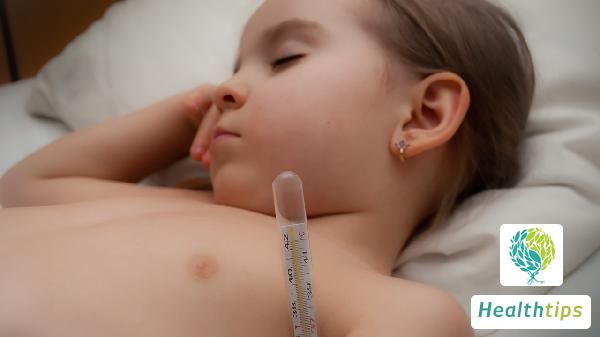"At What Level of High Blood Pressure Should Medication Be Taken to Lower It?"
Blood pressure's high number refers to systolic pressure, while the low number indicates diastolic pressure. Typically, when systolic pressure reaches or exceeds 140mmHg or diastolic pressure reaches or exceeds 90mmHg, antihypertensive medication can be prescribed under medical guidance. Hypertension can be broadly categorized into primary and secondary hypertension. Patients with hypertension may experience symptoms such as headaches, dizziness, palpitations, and tinnitus. It is recommended that patients with hypertension use antihypertensive drugs under medical guidance.

Generally, antihypertensive drugs can be classified into long-acting, medium-acting, and short-acting varieties. Different types of drugs have distinct administration times and methods. Long-acting drugs, such as amlodipine, nifedipine controlled-release tablets, metoprolol sustained-release tablets, and perindopril, can be taken around 7:00 AM, either before or after meals. Medium-acting drugs, like nifedipine sustained-release tablets, enalapril, and felodipine, should be taken at approximately 7:00 AM and 15:00 PM.
Short-acting drugs, such as nifedipine tablets and captopril tablets, can be taken for the first time when waking up in the morning, the second time around 13:00 noon, and the last time before 18:00 in the afternoon. The specific administration method of antihypertensive drugs should follow medical advice. In daily life, it is also essential to maintain a low-salt, low-fat, and high-quality protein diet, consume moderate amounts of fresh fruits and vegetables, and supplement vitamins and trace elements.



















